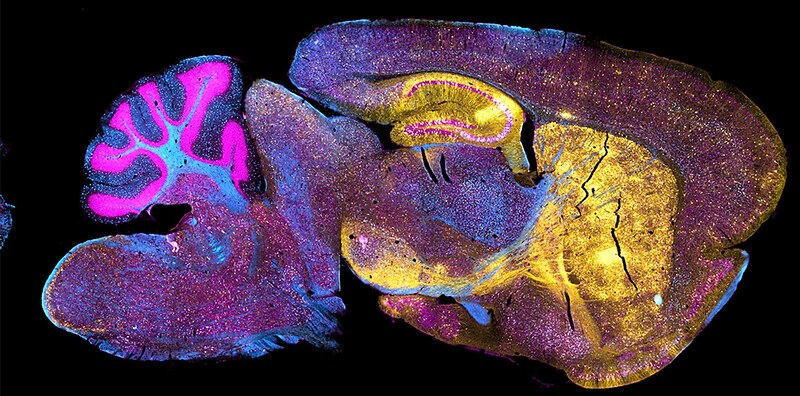Neurodegenerative disease trials face severe operational challenges that some companies are addressing through new tech and strategic partnerships. These innovations target the fundamental barriers that have historically limited patient participation.
Attrition Rate Over 20%
Traditionally, neurodegenerative trials have experienced enrollment difficulties that exceed other therapeutic areas. However, one systematic review showed 87% of ALS studies achieved at least 90% of their target enrollment. But attrition is significant: 40% of trials had an attrition rate of more than 20% (1).
Not surprisingly, geographic barriers pose significant challenges for patients with mobility limitations. Travel to research sites creates logistical and physical hardships for individuals with Parkinson’s disease or stroke recovery. Emotional stress from unfamiliar environments can deter dementia patients from participating.
Complex eligibility criteria exclude many potential participants. Studies typically require specific disease duration limits, genetic mutations, or functional capacity thresholds that eliminate otherwise interested patients. Competition between concurrent trials further strains the limited patient pool.
Breakthrough Screening Technologies Emerge
Acumen Pharmaceuticals has taken steps in screening innovation with its pTau217 plasma assay approach. The company implemented a two-step screening process in its ALTITUDE-AD Phase 2 trial that reduced total screening costs by approximately 40% across U.S. and Canadian sites. 48% of participants met the pTau217 threshold for continued screening, dramatically improving efficiency over traditional methods.
Acumen’s pTau217 approach spares patients from invasive lumbar punctures and unnecessary radiation exposure from amyloid PET scans. Chief Medical Officer Eric Siemers leads this initiative to create more patient-centric trial experiences while reducing operational costs.
Digital biomarkers represent another advance in screening and monitoring. These encompass objective, quantifiable physiological and behavioral measurements acquired through portable, wearable, implantable or ingestible digital devices. Companies deploy smartphone-based assessments and wearable devices to monitor patient function remotely (2).
Registry-Based Recruitment Shows Promise
The National ALS Registry developed a research notification mechanism that connects patients with eligible studies. This federal initiative helps address the challenge that only 10% of ALS patients historically participate in clinical trials (3).
Patient-powered registries offer advantages over traditional institutional approaches. These registries allow individuals to self-enroll and update their information directly. Mobile-first registry designs specifically target underrepresented communities.
Advocacy-based recruiting through organizations like HDSA shows proven success. One clinical trial site ranked third among 27 North American locations for participant numbers and first for recruitment rate using community advocates and web-based alerts (4).
The shift toward technology-enabled screening and registry-based recruitment represents the first wave of enrollment innovation addressing longstanding challenges in neurodegenerative disease research.
As AI continues transforming clinical operations, companies need strategic partners who understand both technology and business development. Foculus Marketing is doing its part by opening doors to healthcare innovation by helping organizations leverage AI and automation to accelerate these clinical programs and forge valuable partnerships. Contact us to discuss ways to enhance your approach and make a lasting impact on neurodegenerative disease.
References
- https://pmc.ncbi.nlm.nih.gov/articles/PMC8659356/
- https://www.nature.com/articles/s41746-024-01217-2
- https://pmc.ncbi.nlm.nih.gov/articles/PMC8693186/
- https://pmc.ncbi.nlm.nih.gov/articles/PMC3082401/

